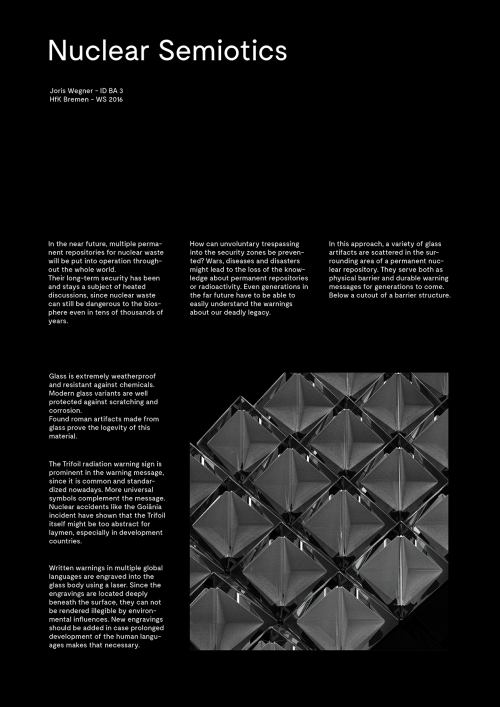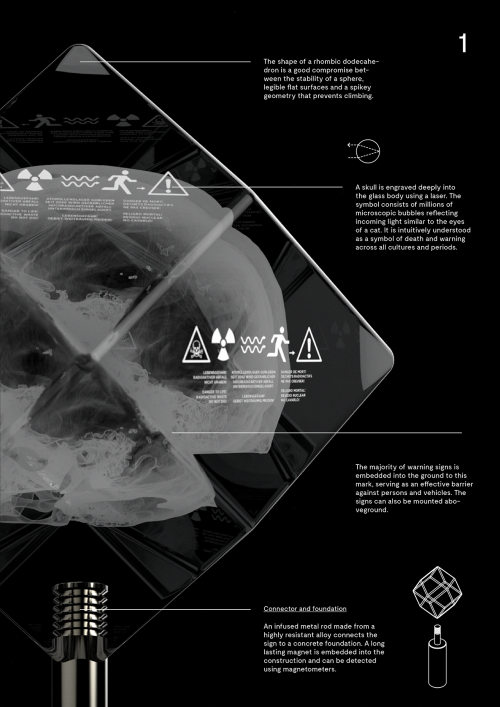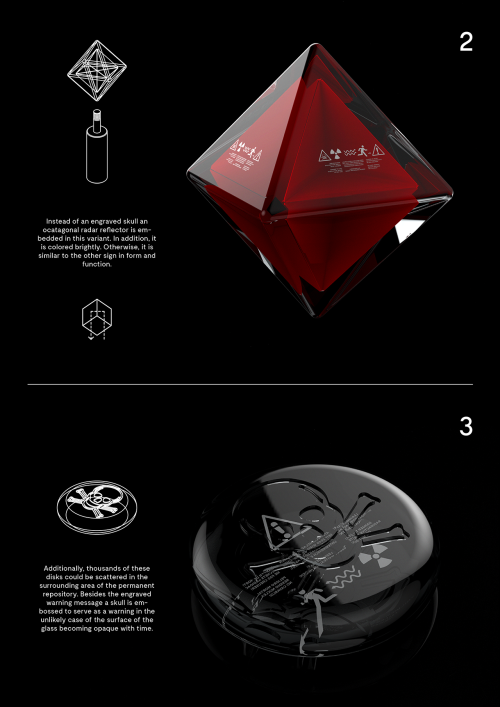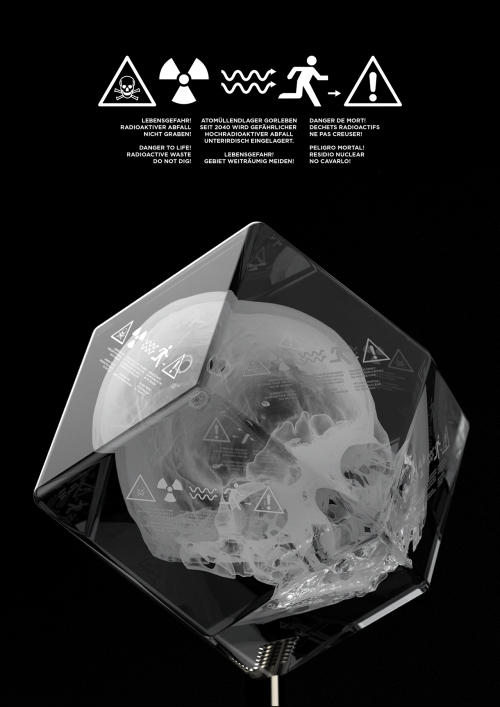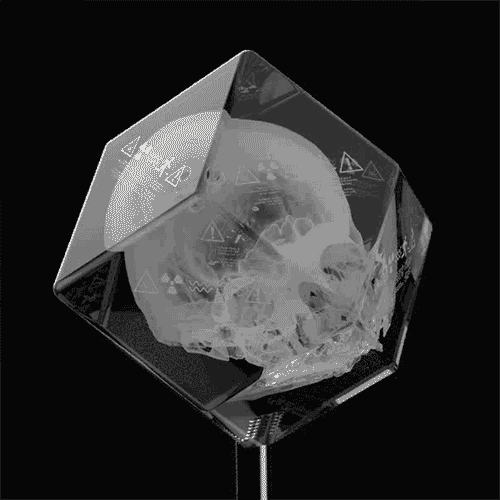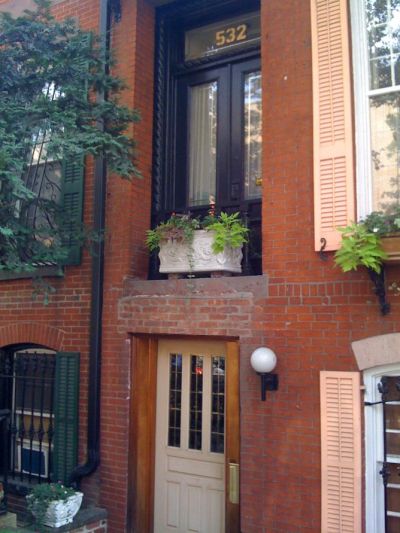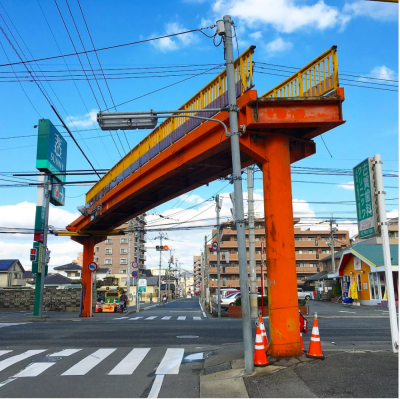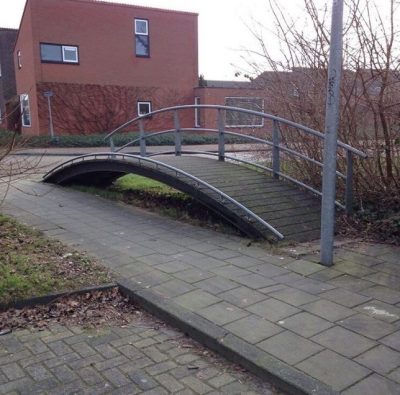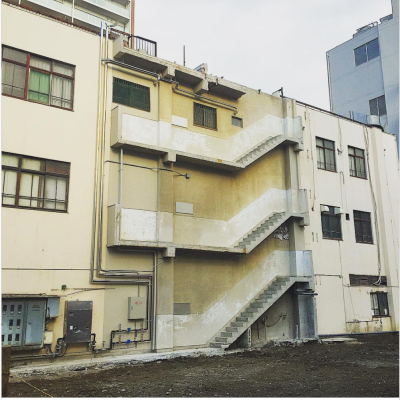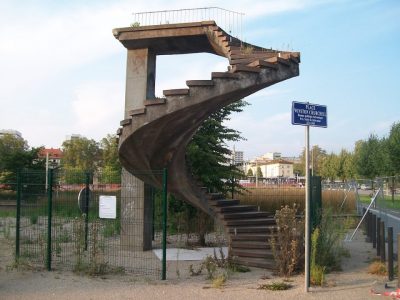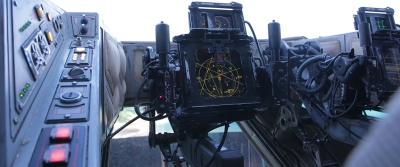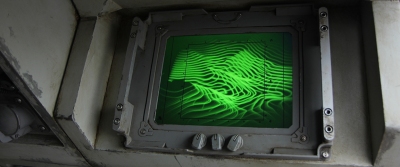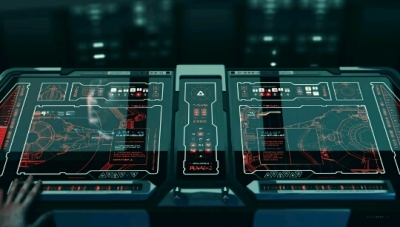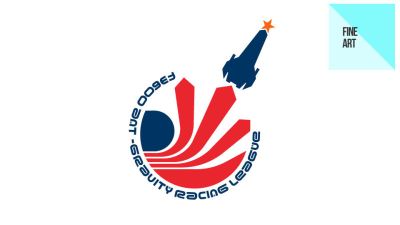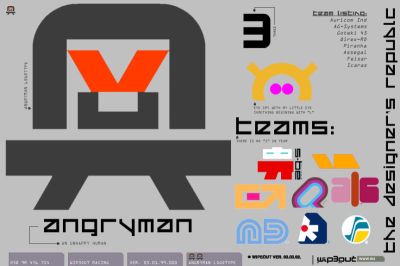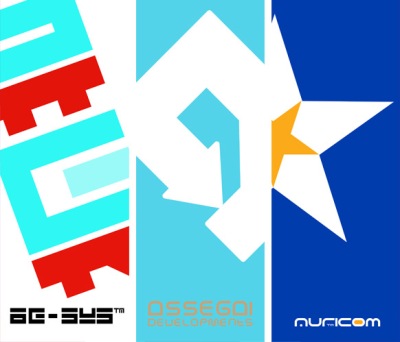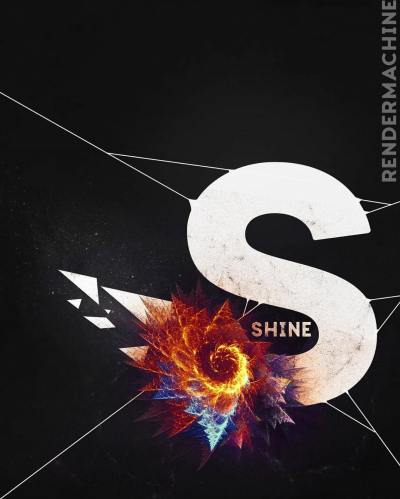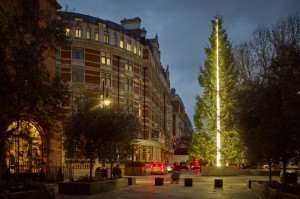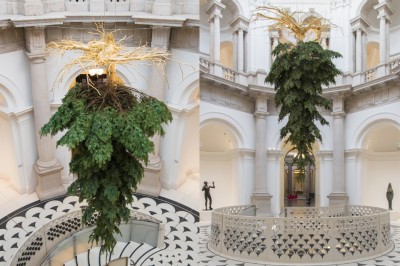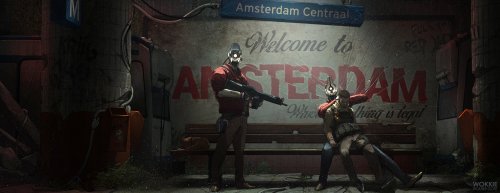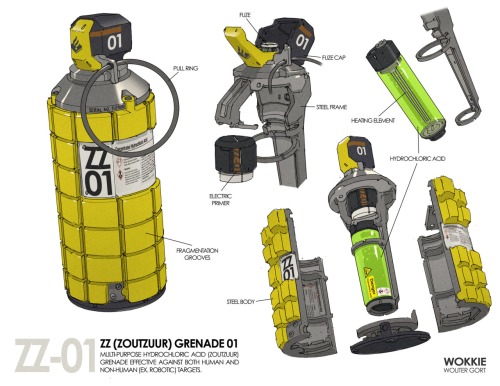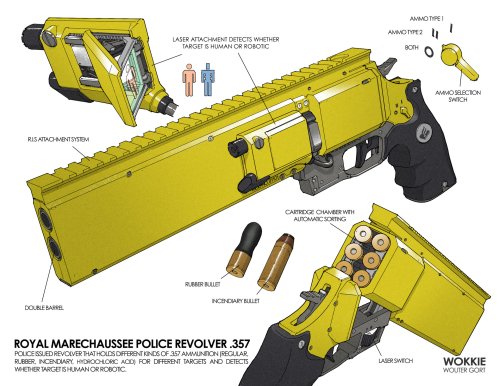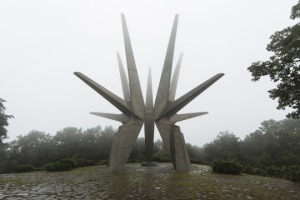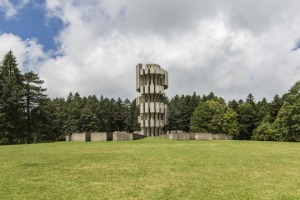One of the more subtly iconic architectural features of India are the the stepwells. In a sometimes arid landscape, wells often needed to be deep and were significant elements of infrastructure, so it’s not a surprise that they became more and more elaborate.
Chicago journalist Victoria Lautman has spent much of the last five years criss-crossing India, photographing and visiting over 200 stepwell sites, and she’s now published photos of 75 of the more unique and interesting wells in her book, The Vanishing Stepwells of India.
 Ramkund. Bhuj, Gujarat. Mid-18th Century (c. 700 CE).
Ramkund. Bhuj, Gujarat. Mid-18th Century (c. 700 CE).  Mukundpura Baoli. Mukundpura, Haryana c. 1650.
Mukundpura Baoli. Mukundpura, Haryana c. 1650.  Ujala Baoli Mandu. Madhya Pradesh. Late 15th/early 16th century.
Ujala Baoli Mandu. Madhya Pradesh. Late 15th/early 16th century.  Chand Baori. Abhaneri, Rajasthan. c. 800 ce/18th Century.
Chand Baori. Abhaneri, Rajasthan. c. 800 ce/18th Century.  Dada Harir Vav. Asarwa. c. 1499
Dada Harir Vav. Asarwa. c. 1499  Navghan Kuvo. Junagadh, Gujarat. 4th/6th/Mid-11th Century.
Navghan Kuvo. Junagadh, Gujarat. 4th/6th/Mid-11th Century.
(via)


